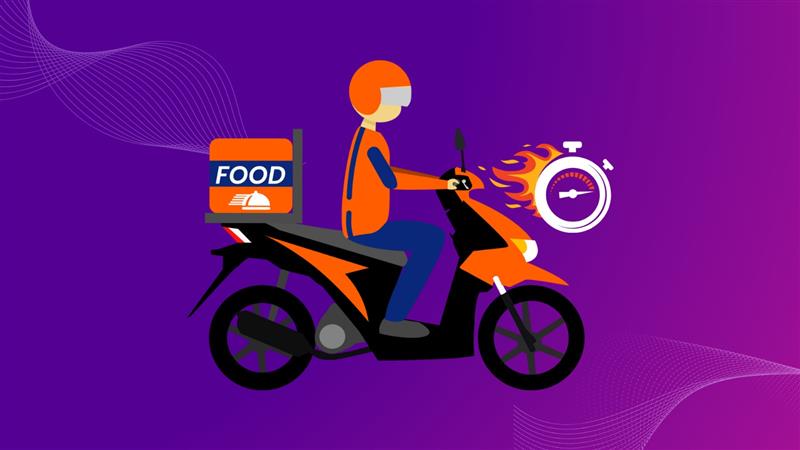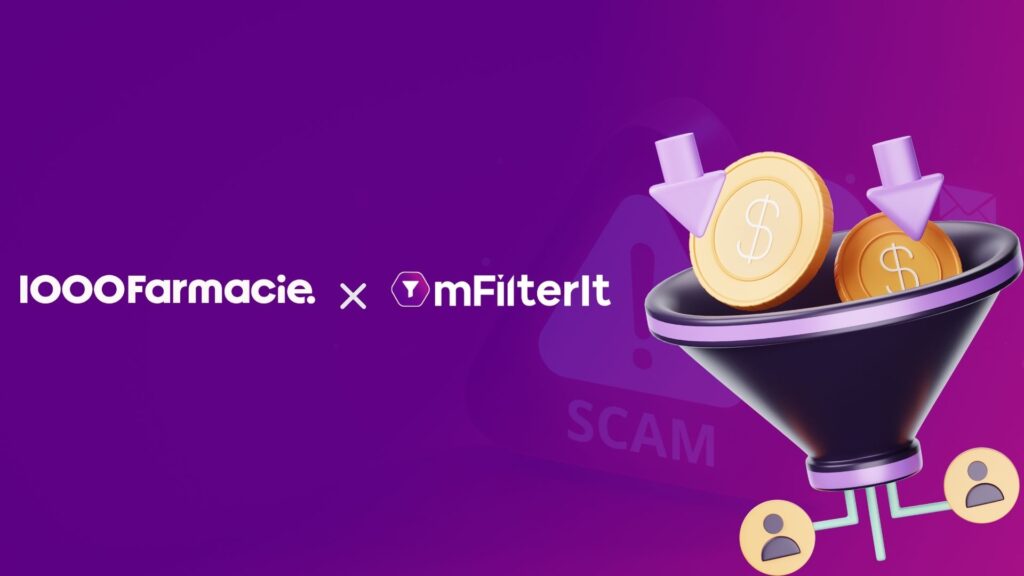Carrier billing was considered to be one of the safest transaction mechanisms, but unfortunately that’s a myth. Mobile Network Operators (MNOs) provide internet and communication services to their customers directly as part of the telecom package. So, whenever fraud happens in the Direct Carrier Billing (DCB) ecosystem, it creates panic amongst the network’s consumers.
Cybercriminals use sophisticated methods for targeting device users, such as malwares, bots, phishing emails/SMS, etc. Their undetectable and continuously evolving mechanisms directly impact the reliance on mobile subscriptions, which is increasing at a rapid pace. According to a source, there would be nearly 1.4 billion more mobile internet users by the end of 2025, and DCB service subscriptions would likely increase by three folds compared to 2019.
As mobile internet users and DCB’s Value Added Service (VAS) subscriptions increases, fraudsters are bound to target customers, merchants, and network operators to acquire monetary benefits. Online transaction threats in the DCB subscription model have become problematic for telcos for many reasons.
Table of Contents
ToggleDCB Fraud Threatens Mobile Network Operators (MNOs)
Loss of Consumer Trust and Market Credibility
Customers making transactions through carrier billing have laid their trust in the MNOs. However, cybercriminals’ blatant disregard for consumer faith remains obvious during financial fraud. Moreover, the users blame the MNOs and merchants for losing their money for unrendered VAS subscriptions, recurring in their bills.
While the rising customer complaints remain one flaw of the whole operation, the loss of revenue by paying back a sufficient amount to a larger group of users gives a financial blowback to the telco network. Therefore, it’s a constant battle for the brand custodians to make deliberate efforts to restore the faith of the users and ensure brand’s credibility.
Besides fraud in the brand’s DCB transaction-based apps, the customers become victims of financial fraud on other associated apps. According to a research, users’ digital identities are sold for as small value as $25 on the dark web.
Disables Telco from Achieving the Highest ARPU
Average Revenue Per User (ARPU) is the estimated revenue generated by telcos/MNOs/brands based on active app users in a given period. It is calculated to understand the change in revenue generated per user, the change in total number of subscriptions in a specific duration, the sources that offer the maximum ARPU, etc. ARPU is also a term used in advertising for determining the campaigns generating the highest revenue, deciding the total number of user acquisitions for achieving revenue targets, deciding customer base, pricing strategy, etc.
According to a report, the prepaid ARPU in Chile, Latin America, before the DCB service launch was $9 and post-launch was $19, which included an increase of $10 on core services and $9 on DCB. The same report also states that DCB also enhanced the subscription of core services (20%), prepaid recharge amounts (12%) & recharge frequencies (85%) for Telefonica prepaid subscribers. DCB fraud can create a loss of such potential revenue from brands.
Moreover, victims of DCB fraud often switch to alternate MNOs that offer secure payments for subscriptions and don’t add unnecessary payments to the carrier bills. Besides, the customers could lose faith in DCB subscriptions and stop the DCB services completely.
Drains the Digital Advertising Efforts
MNOs across the globe often advertise their Value Added Services on search engines and other sources. In 2019, Google Ads attributed 54% of their ad sales to VAS mobile advertising, whereas affiliate networks generated the remaining advertising traffic. In the succeeding year, the share of Google Ads for VAS mobile advertising reached 62%,i.e., 8% higher.
Whenever customers using DCB as payment for VAS subscriptions become victims of DCB fraud, their trust is lost in the MNOs. Moreover, customers often criticize the DCB service providers for the additional charge on their bills for unrendered services.
Therefore, the likelihood that customers would click on ads associated with the MNO substantially diminishes, especially across social media handles, which, had a stake of 17% in 2020.
What Can and Should MNOs Do to Eliminate the Threat of DCB Fraud?
In these evolving times, MNOs need a technology-oriented solution and experts that have understanding about the modes of DCB fraud. Presently, mFilterIt’s DCB anti-fraud solution is a pioneer in the field of DCB. Our core team has more than a decade of experience in telecom network operations.
Our solution eliminates the threat of DCB fraud by putting multiple levels of validation that allow brands to receive subscriptions from genuine users. In addition, the sophisticated solution categorizes the threat level and revokes DCB fraud by offering multiple mechanisms for device management.
Conclusion
The scale of DCB fraud increases every day with the increasing and evolving method of cybercriminal activities. Therefore, the current scenario requires mFilterIt’s DCB anti-fraud solution to validate legitimate subscriptions, avoid the drawbacks of DCB VAS fraud, increase ARPU, and safeguard advertising budgets aligned with VAS.
As a MNO, it is also your responsibility to offer safe and secure environments for VAS subscriptions. Otherwise, you may also get penalized or have to stop the services altogether. Incorporating mFilterIt’s fraud prevention tool for DCB offers a resolution to such problems.
Schedule a meeting with us to learn about the advantages of including our DCB anti-fraud solution in your consumer’s transaction journeys.









